16 Dec Anal Vaishnav


“Indian cityscapes and its commons like streets, squares, footpaths, markets etc.; further reinforced my belief into optimal resource use patterns and plurality of space usage by time, seasons and age groups.”
Frugal living, need based consumption and cautious use of resources in common was the norm while growing up as a woman in India. As a student of architecture and planning, research on traditional Indian cityscapes and its commons like streets, squares, footpaths, markets etc.;
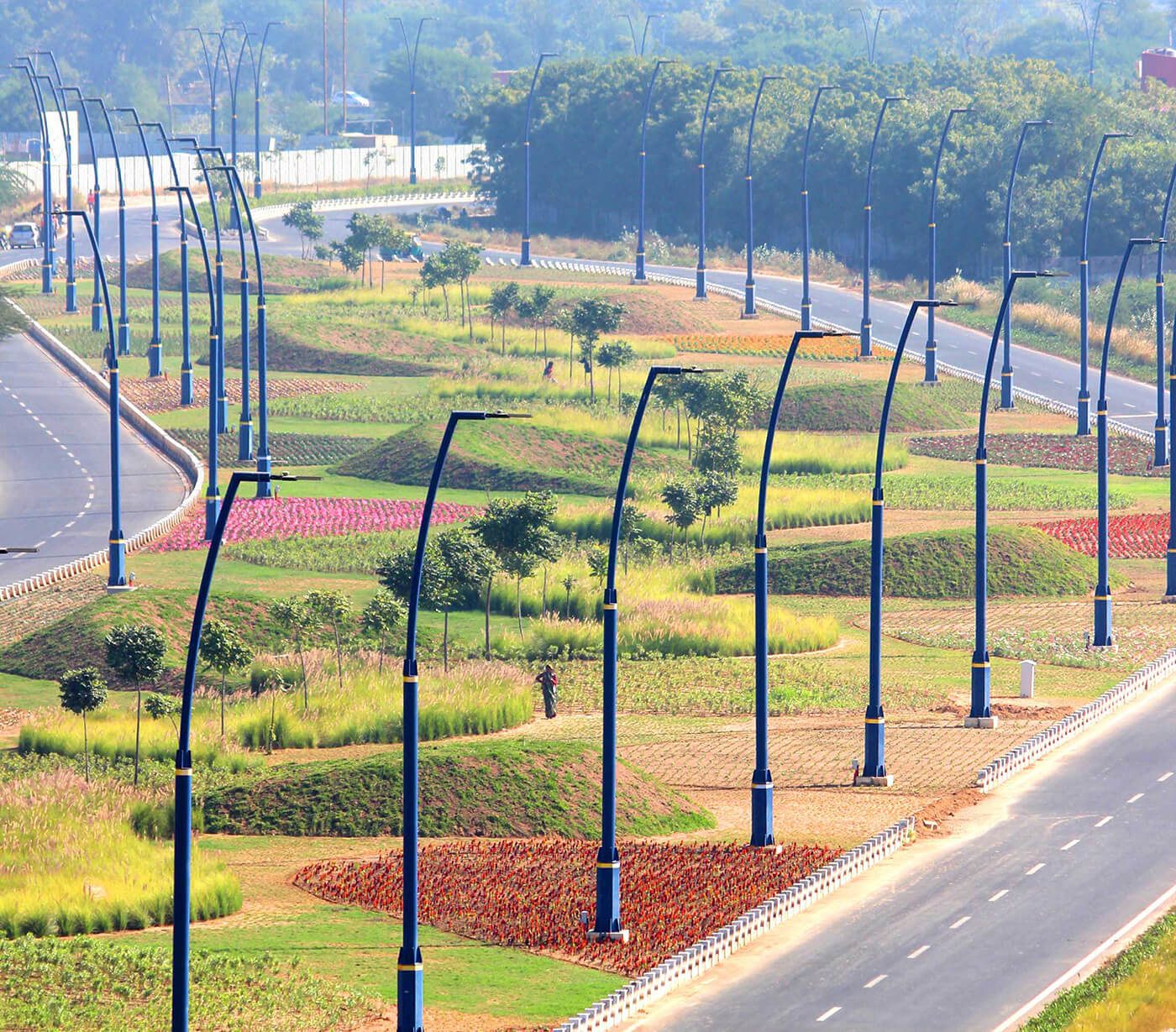
further reinforced my belief into optimal resource use patterns and plurality of space usage by time, seasons and age groups. Such a community tied by common motivation of its use and upkeep is observed to be socially well knit, culturally vibrant and inter-dependent, thus, minimizing waste and energy inputs basic to sustain the human life.
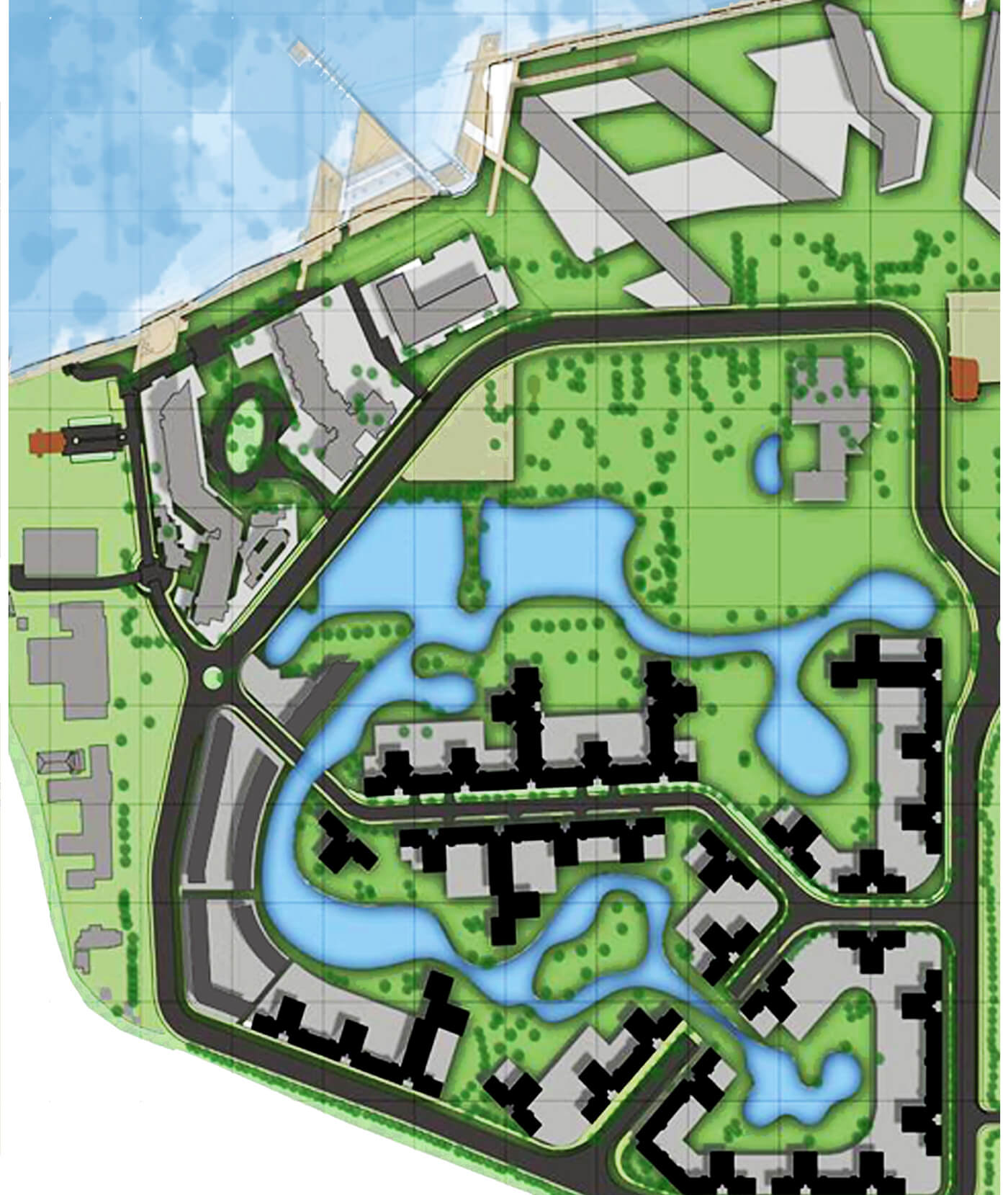
However, dealing with both brown field and new green field city planning and design projects over the past 17 years, I have deeply realized that fleeting business agendas and profitability drive disruptive growth, high consumption and non sustainable approaches to resource use causing environmental degradation at large. At work, thereby, I have always re- imagined and shaped cities as the common grounds of functional landscapes;
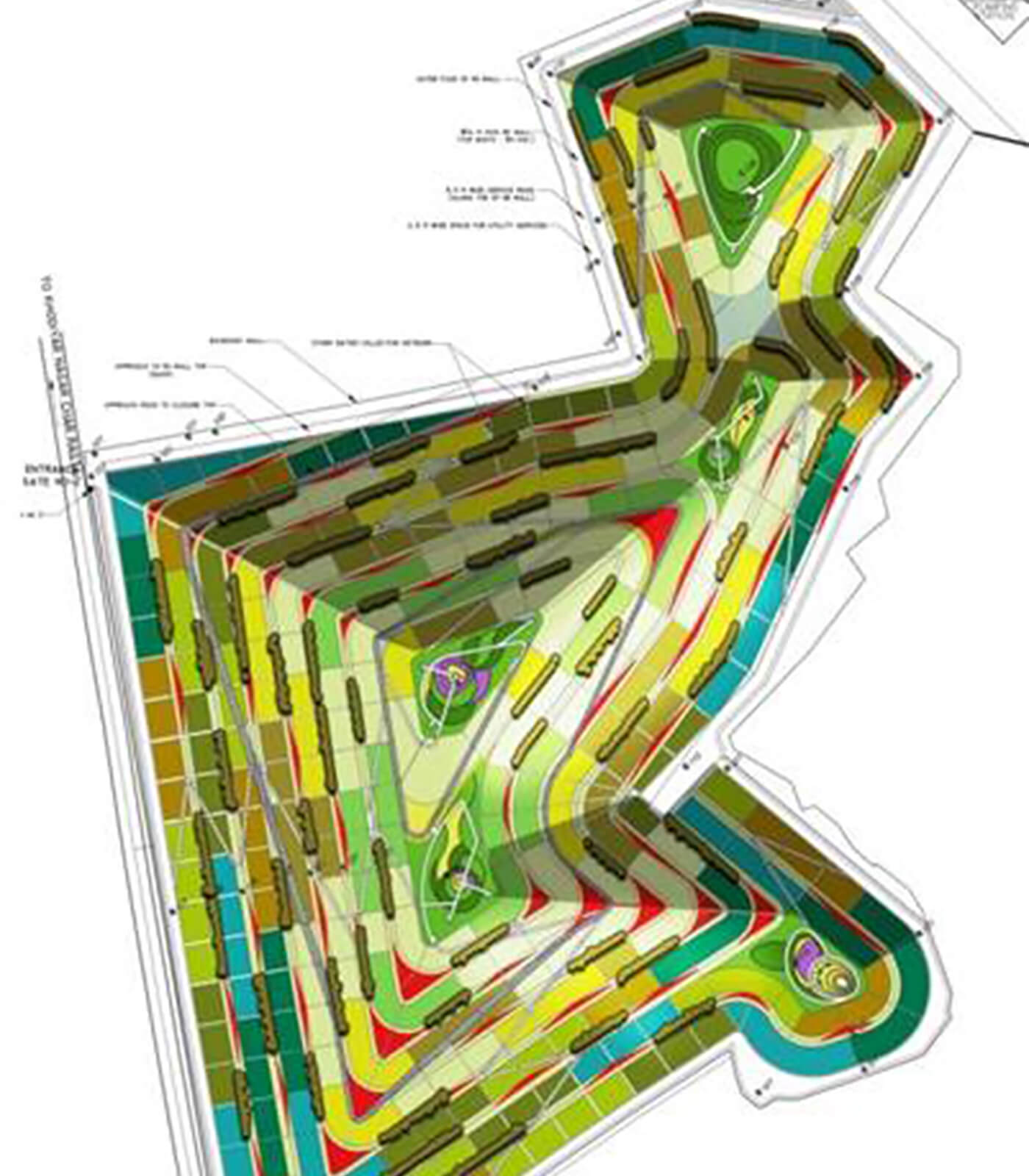
landscapes that heal and harvest energy and replenish to some extent. I have strategized and implemented few such greening initiatives like green mobility plans, bio diverse micro forest parks, permeable streetscapes, urban gardening over utility corridors, reclamation of land filled sites and block landscapes that recycle and re-use waste as a potential resource. However, its slow acceptance and low economies of scale are a few commonly faced constraints in most of these public projects!
“By involving the local community and young volunteers in the forest creation, I have been partially successful in transcending its ownership of use and maintenance to the people “
With this alleviated concern, I motivate the propagation of productive landscapes amongst the city authorities, fellow professionals, building industry, clients and student communities vide sustainable design practices at work and academia. Engaged in public service projects like design of city parks, micro forests, ecological and botanical parks, master planning and design guidelines for smart cities;my role as the Landscape and Forest Consultant is to innovate initiatives that can influence spatial formation of these in the most sustainable way.
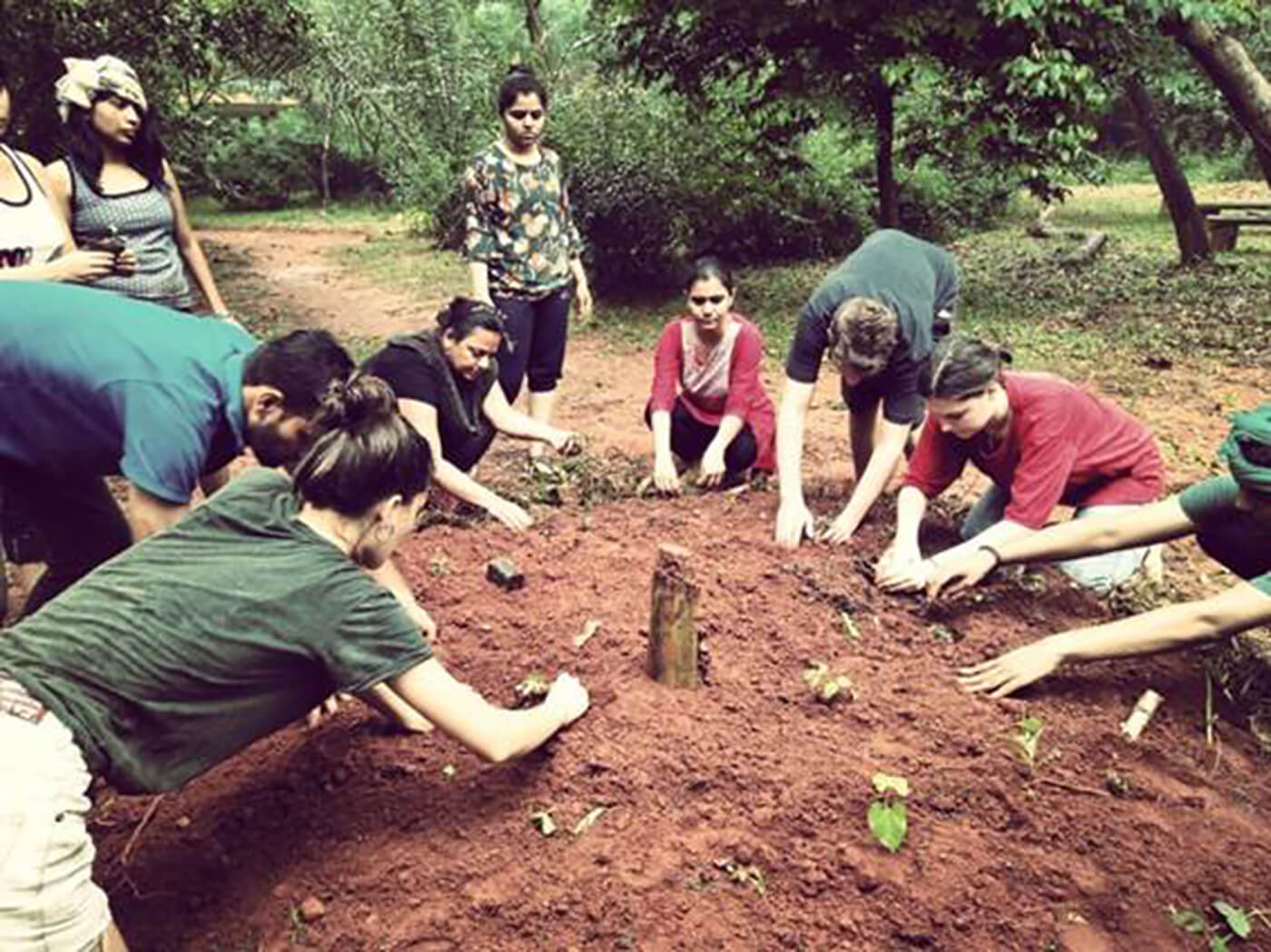
A more recent initiative is working with the city authorities to identify and transform the otherwise under-utilized, often, neglected urban voids into thematic micro forests like fruit and nut bearing forests, flowering forests, medicinal forests and a mix of wild deciduous/ evergreen forests. These native forests have helped in regenerating the degraded soil, retaining the ground water and bringing back the lost bio-diversity to the urban areas.
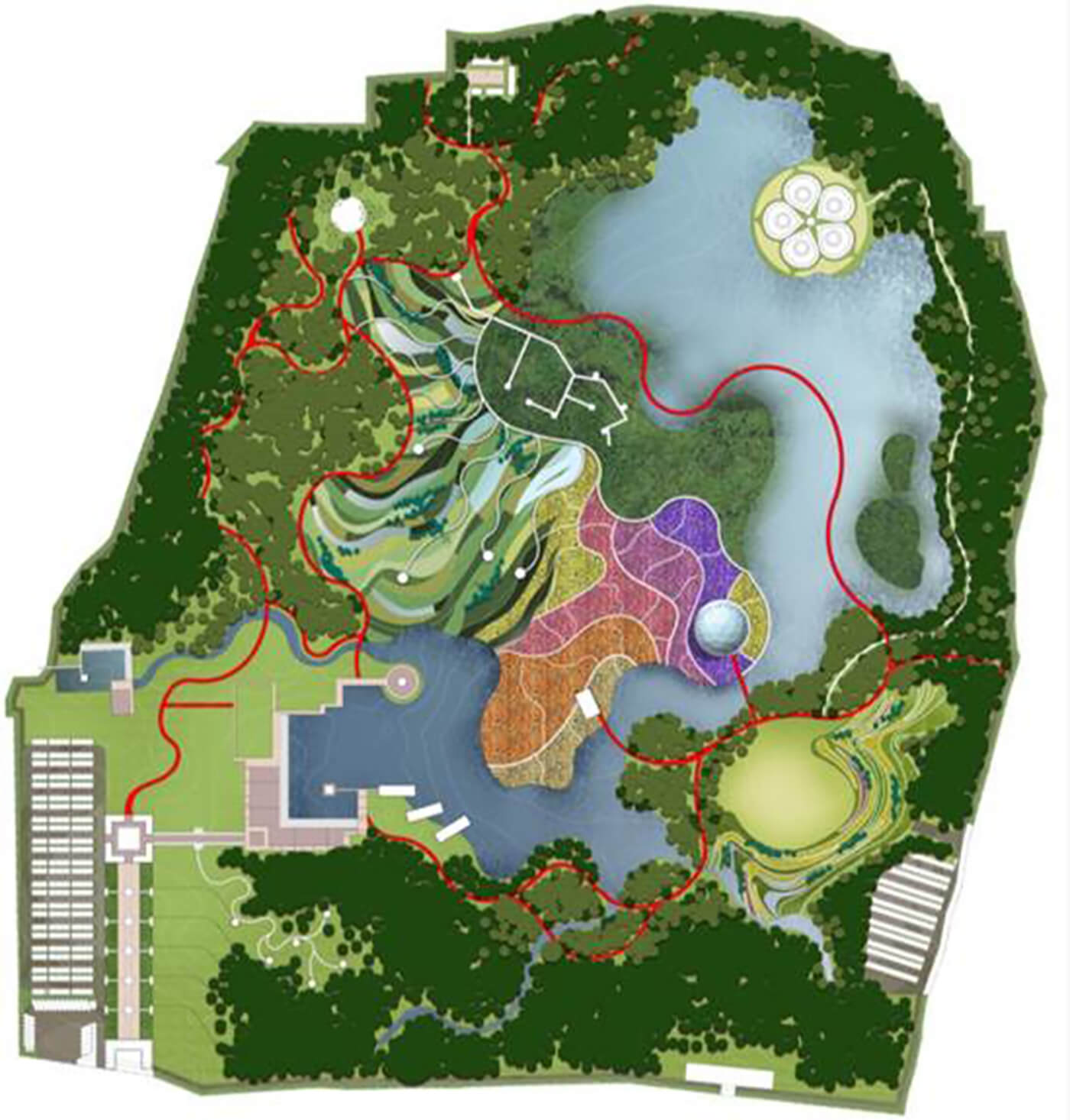
By involving the local community and young volunteers in the forest creation, I have been partially successful in transcending its ownership of use and maintenance to the people. Apart academic and professional pursuits, currently, I am actively engaged in voluntary environmental initiatives like planting trees by collective action, conducting natural composting campaigns and promoting kitchen gardening by the way of practice and sharing. Inspired by the idea of commoning as observed in nature,
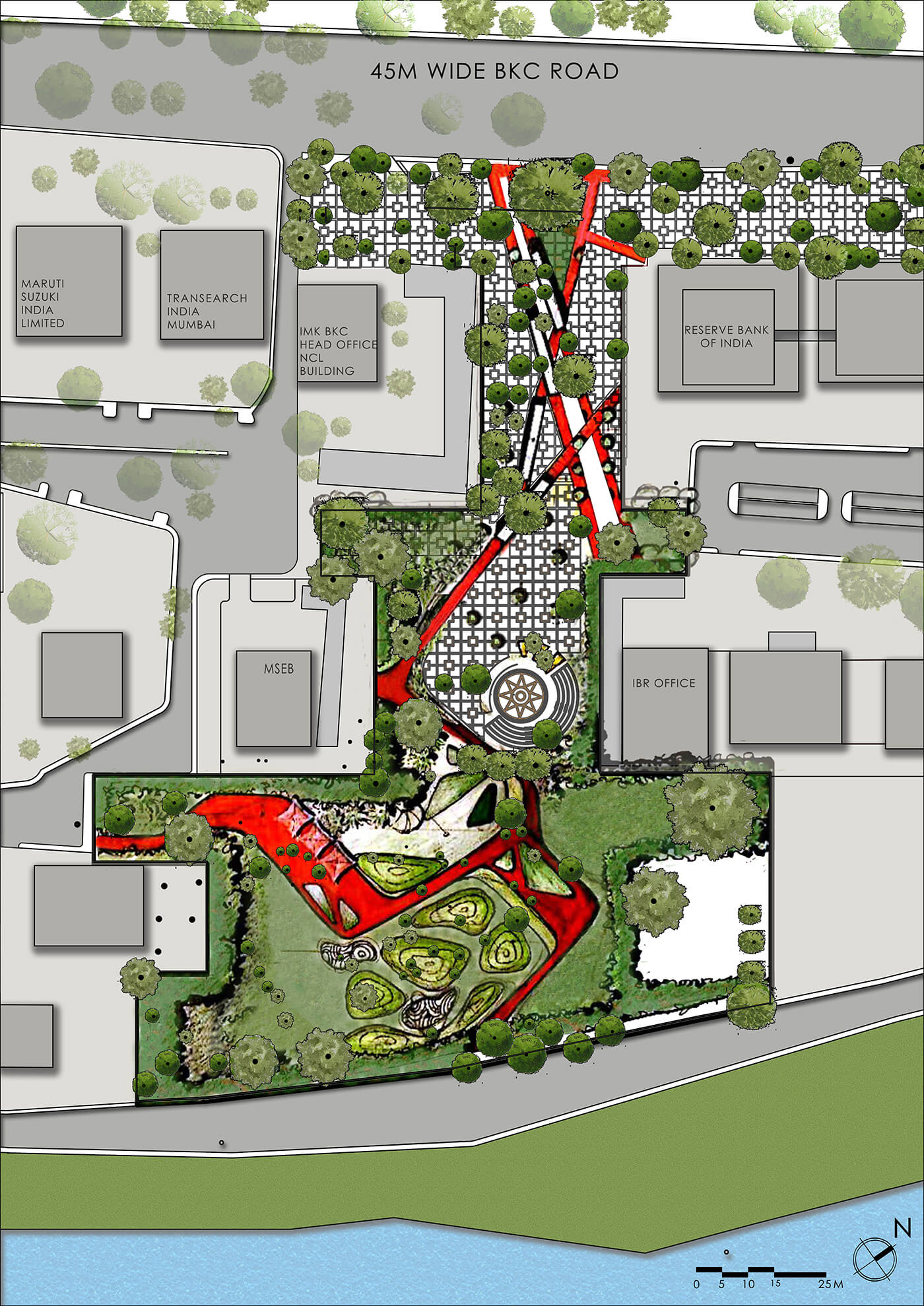
I conduct academic workshops on creative use of urban commons, whereby, pockets of the city are re-imagined by students as functional landscapes that harness energy in the form of food, forests, water, waste recycling, purifying plants and such natural systems that restore the ecosystems!
I strongly believe, landscape design and its planning should yield utilitarian value to the place making causing public engagement with a deep-rooted sense of safety, comfort and vibrancy; unlike, the manicured spaces that are referential, sterile and at times, just deliberate design choices made by a few.
Green landscapes have become a popular tool for the municipal leaders and city managers to promise a better quality of life and increase its competitive advantage. However, lesser is the real concern to do the environmental good and least are the policy initiatives to safeguard its aftercare.
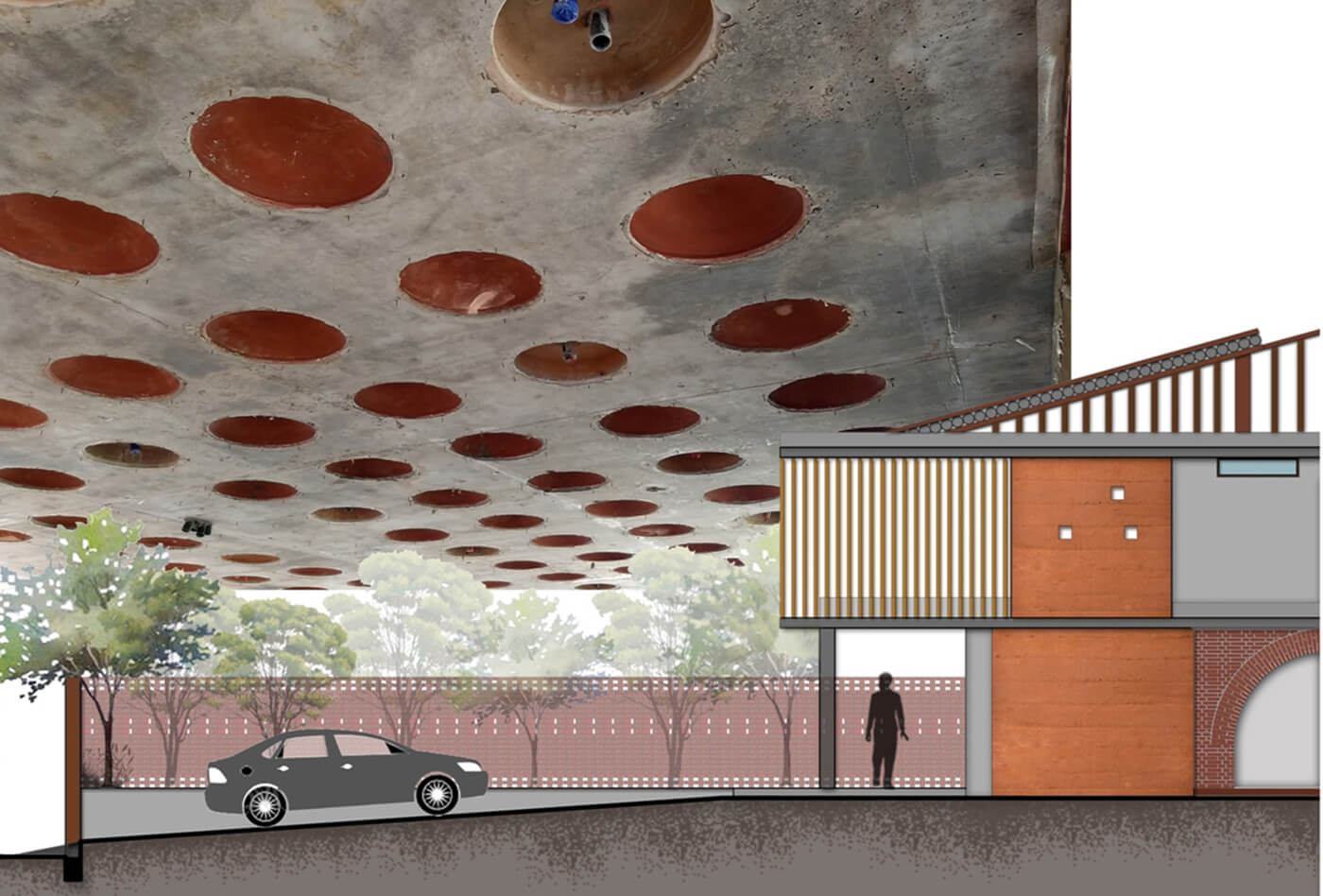
In future, I intend to advance the concept of commoning as a likely green tool of resource optimization for the highly contested urban landscapes like streetscapes, parks and gardens, common open plots of housing societies and institutional and industrial landscapes too. Land being a scarce and expensive resource, I strongly believe, landscape design and its planning should yield utilitarian value to the place making causing public engagement with a deep-rooted sense of safety, comfort and vibrancy; unlike, the manicured spaces that are referential, sterile and at times, just deliberate design choices made by a few.
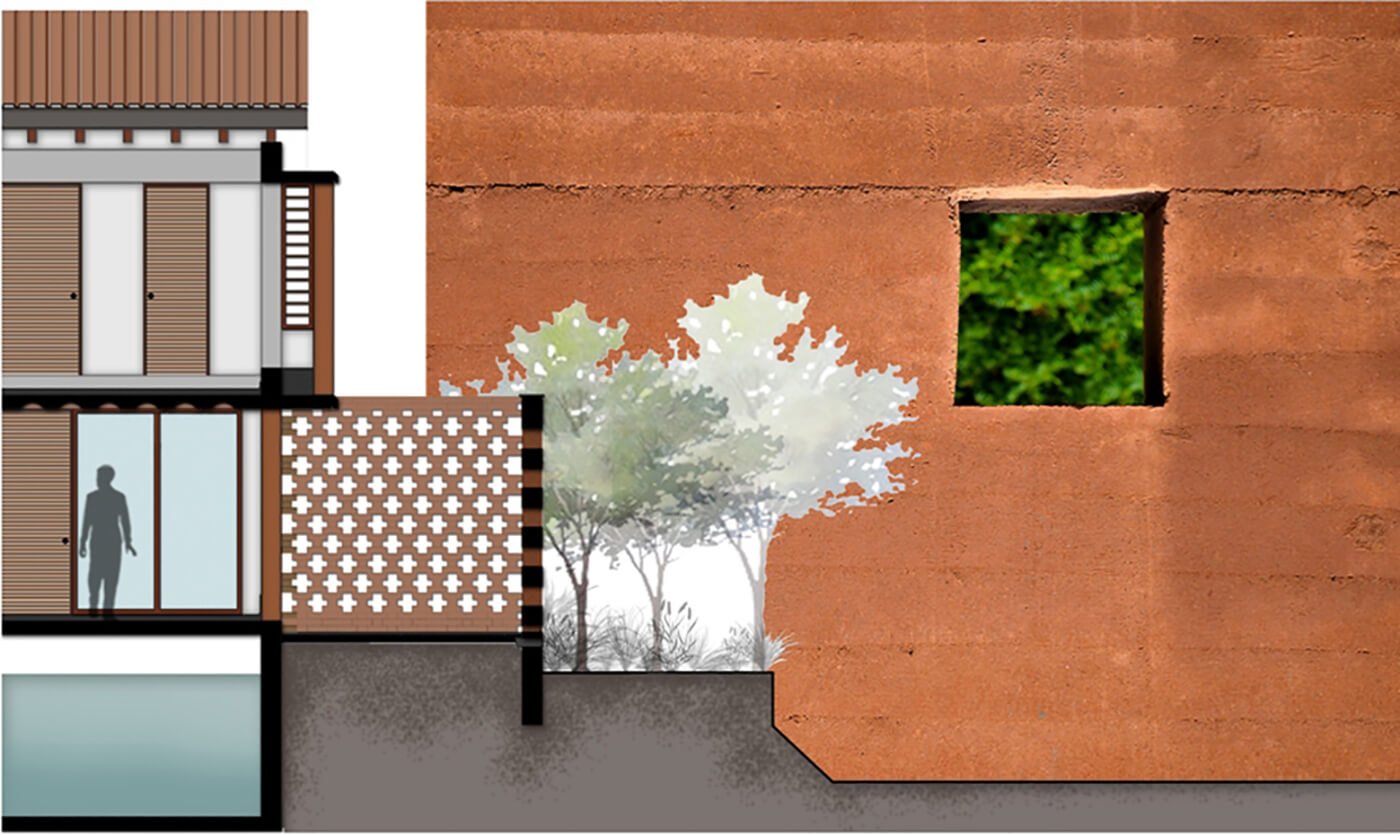
Such productive and healthy environments are futuristic, more resilient to adaptations and sustainable in longer run for country like India, which is a growing economy set on a rapid spree of urbanisation. I see this concern as an unwavering challenge that will shape my practice in the field of landscape design and natural environs.
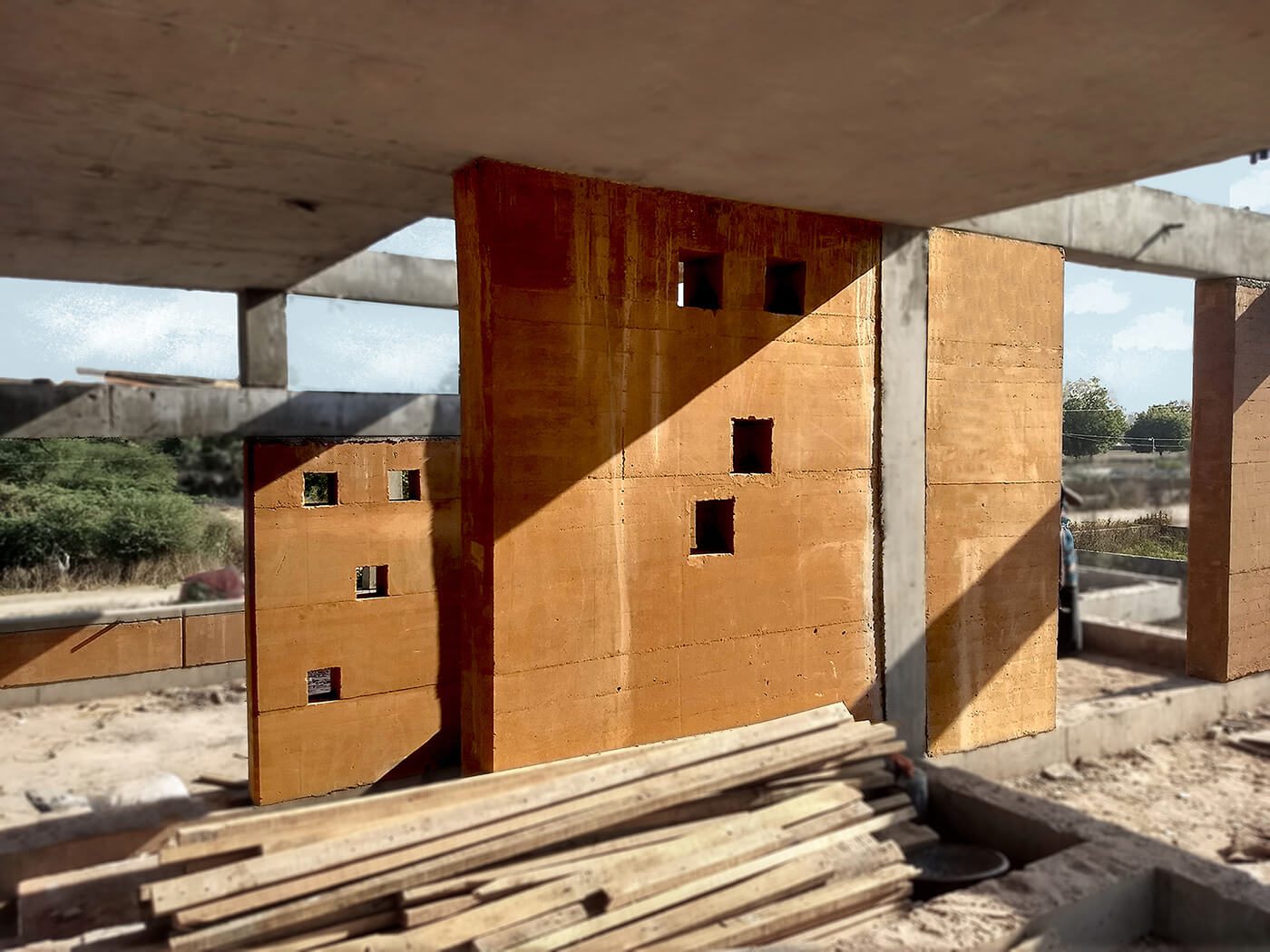
My recent venture “Living Roots”, an environmental design studio will delve deep into some of these concerns and seek way finding to ideas and design solutions that are sustainable and holistic in response!
Anal Vaishnav
DESIGN FIELD
Sustainable Architecture and Landscape Design.
LOCATION
Bengaluru, India
STUDIO NAME
‘Living Roots’
ABOUT
“Anal Vaishnav has over 17 years of professional experience working with corporates and public sectors in the field of Landscape Design and Urban Planning. Her recent venture ‘Living Roots’, an Environmental Design Studio, based in Ahmedabad, designs and delivers native forest parks and green landscapes using natural systems. She last headed the landscape vertical of India’s first smart city, GIFT, Gujarat. She has been associated in lead capacity with credible landscape design firm, Design Accord Consultants and planning firm, I-con Architects and Urban Planners. A few of the key greening initiatives strategized by her are citywide green mobility network, contiguous urban park over utility network, land filled site re-development, theme based bio-diverse pocket forest parks, boundary sans streetscapes with green buffers, signages, illumination, art installations and street furniture. Apart Indian geographies, she has also worked on intricate design projects in London and Italy. Through academics, research and practice, Anal advocates the concept of sustainability, liveability and resilience by policy interventions, customized planning and detailed design. She has credible accolades and has been a panelist and a jury member to many discourses on futuristic habitat design. She has recently co-authored a chapter on walkability in a book by Madhavi Desai titled ‘Gender and the Indian City’”


